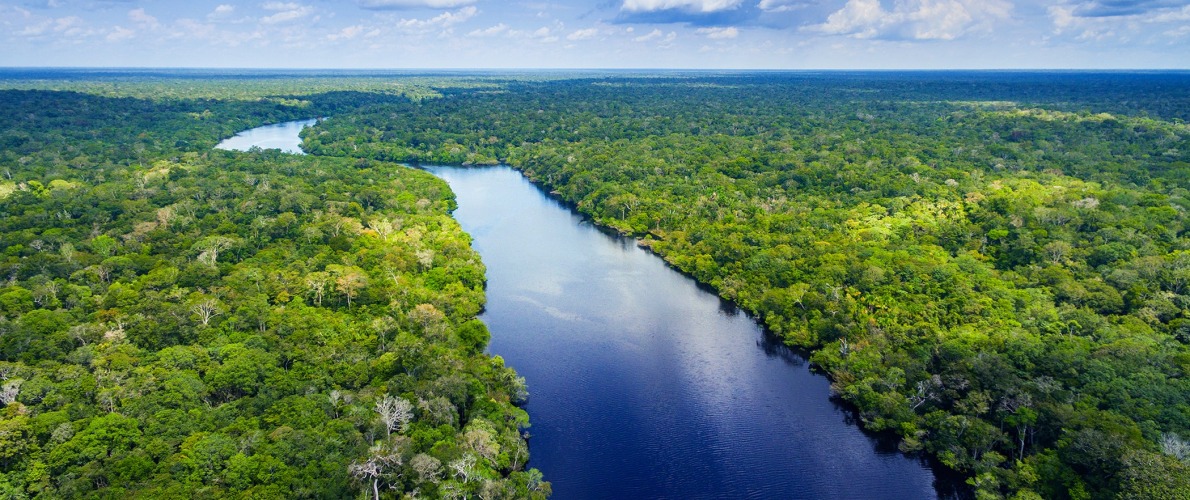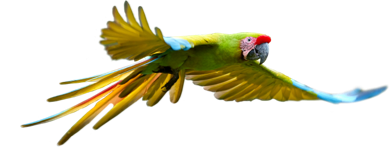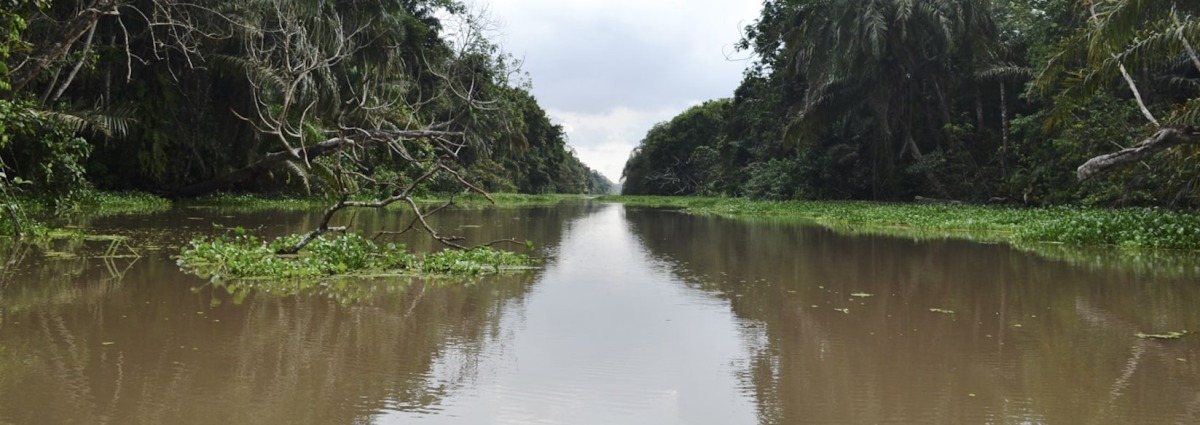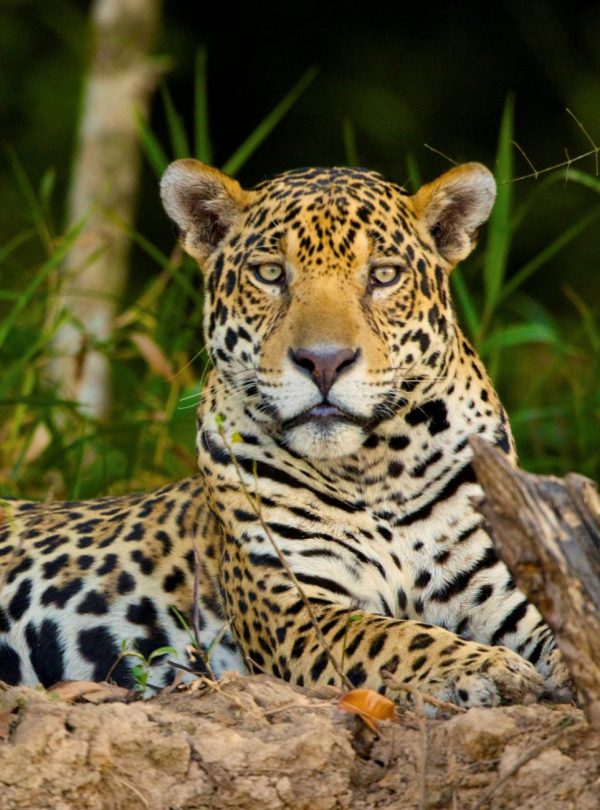
Save the Blue-throated Macaw
Support More Work Like ThisSupport More Work Like ThisThis tropical ecoregion is one of only two unique Bolivian endemic ecosystems and consists of natural savannas, Motacú and Totai palm tree dominated forest islands, dry forest patches and river edge Amazonian forests.
-
Species at Risk
Blue-throated Macaw (CR), Crowned Solitary Eagle (EN), Black-faced Black Spider Monkey (EN), Giant Otter (EN)
-
Carbon stored
63,852 mT*
*(metric tons of CO2 equivalents) -
Partner
Asociación Armonía
-
4,292.75 Proposed Acres Conserved by
Designation
-
Project Cost: $1,405,315

4,292.75
This tropical ecoregion is one of only two unique Bolivian endemic ecosystems and consists of natural savannas, Motacú and Totai palm tree dominated forest islands, dry forest patches and river edge Amazonian forests.
-
Species at Risk
Blue-throated Macaw (CR), Crowned Solitary Eagle (EN), Black-faced Black Spider Monkey (EN), Giant Otter (EN)
-
Carbon stored
63,852 mT*
*(metric tons of CO2 equivalents) -
Partner
Asociación Armonía
-
4,292.75 Proposed Acres Conserved by
Designation
-
Project Cost: £1,056,627

4,292.75
Bolivia’s Beni Savanna lies within the lowlands of the southwestern Amazon basin in the northern part of the country. Also known as the Llanos de Moxos, this tropical ecoregion is one of only two unique Bolivian endemic ecosystems and consists of natural savannas, Motacú and Totai palm tree dominated forest islands, dry forest patches and river edge Amazonian forests. The wide range of habitat allows for a variety of threatened and endemic species to thrive.
Most notably, the Beni Savanna is home to the Critically Endangered Blue-throated Macaw. This brilliant gold and blue parrot is one of the rarest birds in the world, and was considered to be Extinct in the wild until it’s rediscovery in 1992.
Rainforest Trust local partner, Asociación Armonía, has been working for years to protect and rehabilitate the species. In 2007, they initiated a successful nest box program and in 2018, they created the Laney Rickman Reserve in the southeast portion of the Beni Savanna to protect the largest known population of the macaw in the world. Just last year, the partner had successfully fledged 81 chicks, which comprises about 20% of the entire world population of only 450 individuals.
Explore Bolivia

The Critically Endangered Blue-throated Macaw courtesy of Michael Seeley via Flickr

The Critically Endangered Blue-throated Macaw courtesy of Asociacion Armonia

The Critically Endangered Blue-throated Macaw courtesy of Asociacion Armonia

The Endangered Crowned Solitary Eagle, by Ksenia Ragozina

Black-faced Black Spider Monkey, by RP Baiao
Biodiversity
The Blue-throated Macaw, one of the rarest birds in the world is endemic to the Beni Savanna.
Generally monogamous or living in small flocks, this brilliant turquoise and gold parrot was considered Extinct in the Wild until its rediscovery in 1992. By 2019, Asociación Armonía had successfully fledged 81 chicks, which comprise about 20% of the entire world population of 450 individuals. This species is just beginning to make its comeback in the wild. In addition, the Beni Savanna is one of only two unique Bolivian endemic ecosystems and consists of natural savannas, Motacú and Totai palm tree dominated forest islands, dry forest patches and river edge Amazonian forests. This range of habitats allows many endemic and threatened species to survive. One-hundred and forty-six mammal species have been reported in the area, including Giant Anteater (VU), Jaguar (NT) and Maned Wolf (NT), among many others. Hundreds of species of birds have also been recorded in the Beni area, including with many endemic birds like the Unicolored Thrush (NT).
Challenges
The biggest threat to the Beni Savanna is deforestation for agricultural development.
Cattle ranchers are increasingly selling their land to commercial agricultural companies who then convert the natural savanna palm forests to soy and rice monocultures. In addition, what is left of the Beni Savanna is extensively grazed by cattle and burned seasonally for maintenance that destroys habitat and displaces local wildlife. The large trees that Blue-throated Macaws require for nesting are burned or cut down for fence posts, and the Motacú Palm, the parrot’s preferred food, is the process of deforestation.
Historically, the decline of the Blue-throated Macaw populations was a direct result of the national and international trade in caged birds and while protection is now enforced, poaching continues to be a risk. Local hunting of the birds for their feathers- used in indigenous headdresses – also poses a threat in some areas, but Asociación Armonía has been successfully promoting the use of artificial alternatives.
Solutions
Rainforest Trust and Asociación Armonía seek $1,440,000 to expand the Laney Rickman Reserve by purchasing two properties totaling 4,085 acres to halt the imminent threat of deforestation and triple the size of the current reserve.
Once acquired, a management plan will be developed and rangers recruited to patrol the area which will also be fenced. The plan will also include expansion of the nest box program for the Blue-throated Macaw. Firebreaks will be established to mitigate wildfires and a forest recovery program that includes planting Motacú and Totai Palm will be started. Neighboring communities will be engaged through a socialization program that includes educating children about the importance of the Beni Savanna ecosystem.




We Value Transparency.
Conservation work is critical, challenging, and can be costly. We work hard to ensure we raise only the funds needed for each project. In the rare case we raise more money than needed or a project comes in under budget, excess monies will be transferred to the Conservation Action Fund. This fund supports our important conservation work throughout the tropics.
Learn more about the Conservation Action FundLearn more about the Conservation Action Fund
Partnering to Save the Rainforest
Our partners’ ability to work with their governments and build strong connections with local communities ensures the successful implementation of our projects.
Learn More About This PartnerLearn More About This Partner
